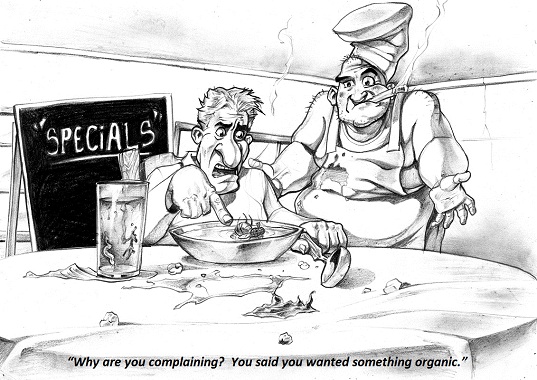Bottom-line pricing may matter to some customers, but misconceptions abound in terms of the specific relationship between pricing and customer satisfaction in the oilfield. Most organizations overestimate the impact pricing has on customer satisfaction.
A company’s customer satisfaction relative to peers — what customers and suppliers should both be focused on — is a function of completed acts. That is, how did the supplier and its offerings perform compared to expectations?
Analysis shows customers’ overall satisfaction after-the-fact typically differs from the initial satisfaction driven by pricing. Since pricing is generally locked in in advance of delivery, it is less likely to vary from expectations. Therefore, to the extent a customer is eventually disappointed, it typically reflects shortfalls in performance, job quality, product reliability or professionalism.
For example, if a drilling contractor takes twice as long to drill a well than expected, customers tend to view the overall length of time and cost to drill the well—not the day rate of the rig—as the major shortcoming. In other words, dissatisfaction from the customer’s standpoint is a performance issue, not a pricing issue.
EnergyPoint’s surveys measure customers’ satisfaction with suppliers’ pricing and contract terms across three dimensions: i) general pricing and terms, ii) pricing and terms vs. competitors, and iii) pricing and terms vs. quality received (i.e., value).
Satisfaction with general pricing and terms and pricing and terms vs. competitors tend to display little correlation with overall satisfaction. In fact, in certain instances they can correlate inversely with overall satisfaction. This occurs when suppliers compete on the basis of pricing to offset or mask sub-par performance in other areas.
Note – An exception is oil and gas midstream services. It remains the one segment tracked in our surveys whereby customers’ sense of satisfaction is driven by general prices and terms.
On the other hand, satisfaction with pricing and terms vs. quality received (i.e., “value”) shows a positive relationship with overall customer satisfaction, indicating customers tend to look past nominally high prices as long as they come with higher quality. A word of caution to suppliers, however: the inverse is not true; that is, customers do not tend to look past low quality even though they may receive a low price.
So, if pricing shouldn’t be viewed as a strict driver of satisfaction, how should it be viewed?
Pricing should be viewed as a benchmark to which customers compare performance and quality received. As long as suppliers charge prices proportionate to the performance and quality of their offerings, the prices they charge are likely to have little impact on overall customer satisfaction.







